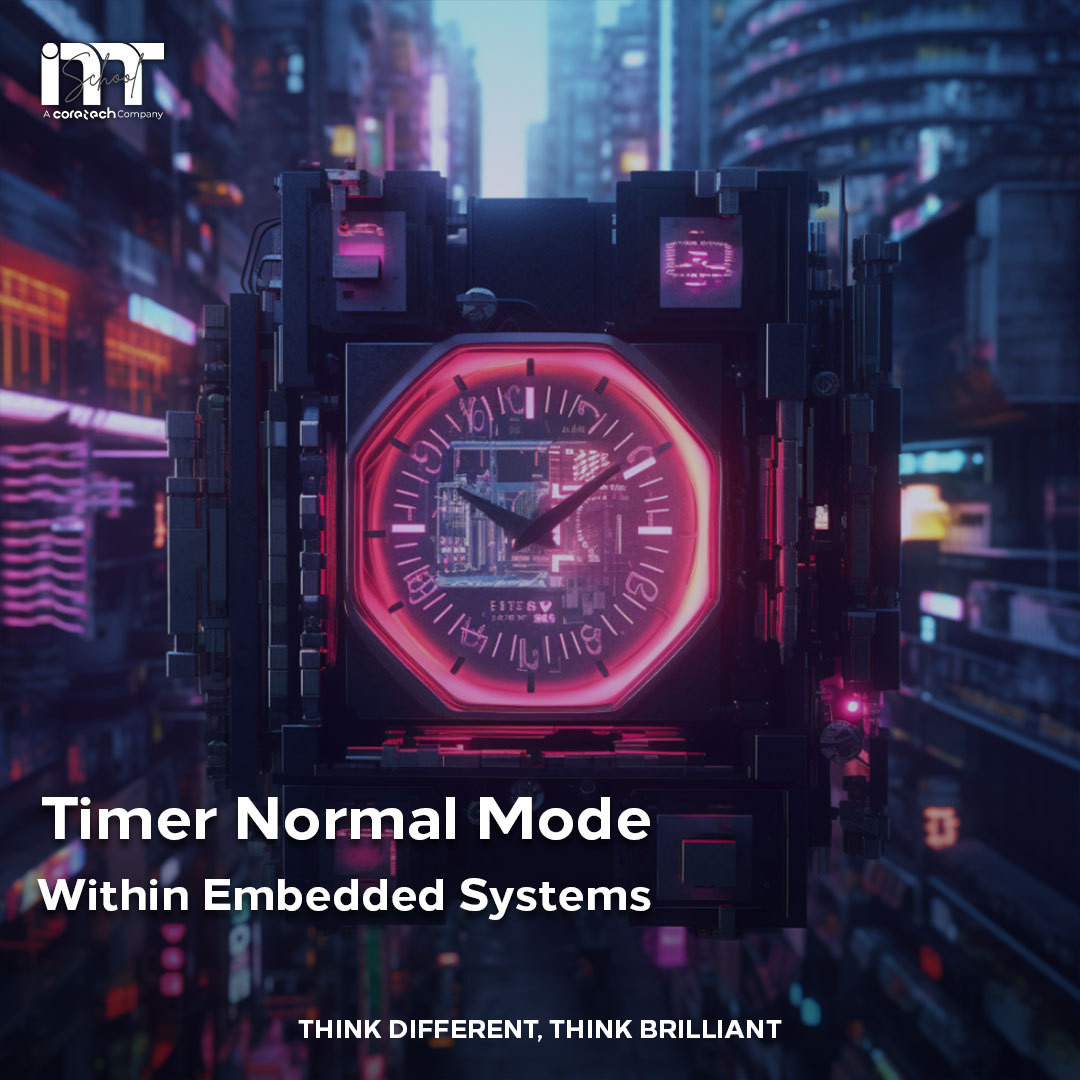
Timer Normal Mode
🕒⚙️ Unveiling the Power of Normal Mode in Timers within Embedded Systems! ⏲️🤖
Timers are essential components of embedded systems, providing the ability to manage time-critical tasks and maintain accurate scheduling. Among the various timer configurations, the Normal Mode is the most fundamental and widely used. In this mode, the timer counts up to its maximum value and then resets to zero, continuously repeating this cycle. 🔁🌐
The simplicity of Normal Mode makes it an ideal choice for tasks such as generating fixed-time delays, toggling outputs, or triggering interrupts at specified intervals. By using Normal Mode, embedded systems can maintain a smooth operation while efficiently managing time-sensitive tasks. 🎯⌛
A closer look at Normal Mode reveals the following key features:
1️⃣ Counting Sequence: In Normal Mode, the timer counts up from zero to its maximum value (e.g., 8-bit timer counts from 0 to 255). Once it reaches the maximum value, it overflows and resets to zero, repeating the process.
2️⃣ Overflow Interrupts: When the timer reaches its maximum value and overflows, it can generate an interrupt, allowing the system to execute specific tasks at regular time intervals.
3️⃣ Time Delays: Normal Mode timers can create precise time delays by counting clock cycles or ticks. This is particularly useful for debouncing switches, creating delays in blinking LEDs, or performing other time-based operations.
4️⃣ Prescalers: To adjust the timer's counting rate, prescalers are used. A prescaler is a simple clock divider that divides the input clock frequency before it reaches the timer, allowing for a wider range of time intervals.





